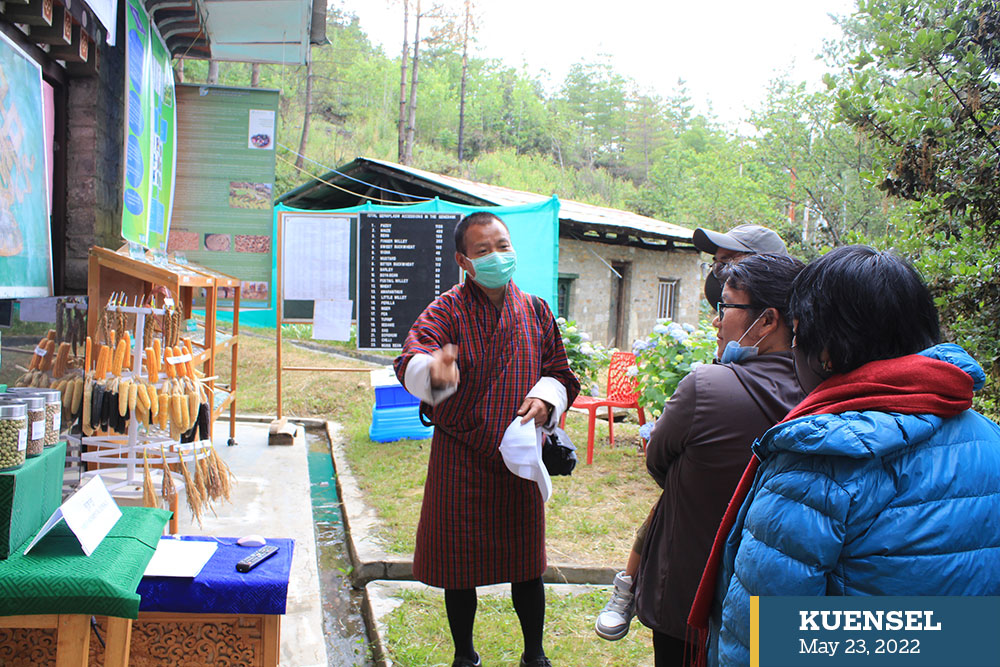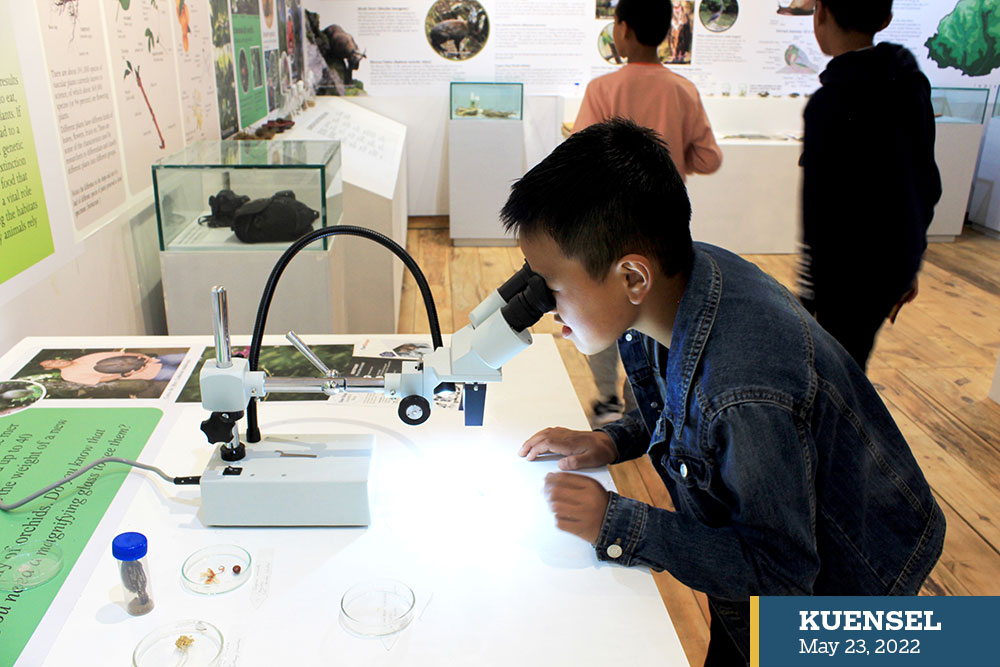Chhimi Dema
National Interpretation Centre at the Royal Botanical Garden in Serbithang offers visitors a glimpse of the country’s rich biodiversity.
The interpretation centre– a new style of a museum to disseminate knowledge–displays information about the types of animals and plant species that are found in the country. It also exhibits samples of endemic floral species, protected plants and animals.
National Biodiversity Centre (NBC) established the interpretation centre last year on May 22 during the International Biodiversity Day.

The International Biodiversity Day was observed at the Royal Botanical Garden in Serbithang yesterday
NBC’s Biodiversity Office, Kezang Tobgay, said that the interpretation centre was established to provide an overview of the country’s biodiversity.
“It is an opportunity for the visitors to learn about the importance of conserving the biodiversity and the know about biodiversity present in the country,” he said.
There are 740 bird species, 125 fish species, and 150 animal species found in the country. Bhutan is home to 11,248 plant and animal species.
Kezang Tobgay said that the centre presents the relationship of plants to religion, culture and traditions; produce and products derived from plants; high-value trees and how they are used; plants that are used to dye; among others.
About 400 visitors visited the interpretation centre and Orchid House during the International Biodiversity Day (IBD) observed at the Royal Botanical Garden yesterday.
The day is observed to increase understanding and awareness of the importance of biodiversity and related issues such as species extinction and human exploitation of natural resources.
NBC’s Programme Director Karma Dema Dorji (PhD) said that observing the day highlights the importance of biodiversity and its conservation.
“While we conserve the biodiversity, we also have to look at how best to use the natural resources to benefit the community,” she said.
This year’s theme of IBD is “Building a shared future for all life”. The theme was chosen to continue developing momentum and support the post-2020 global biodiversity framework at the forthcoming UN Biodiversity Conference (COP15).


